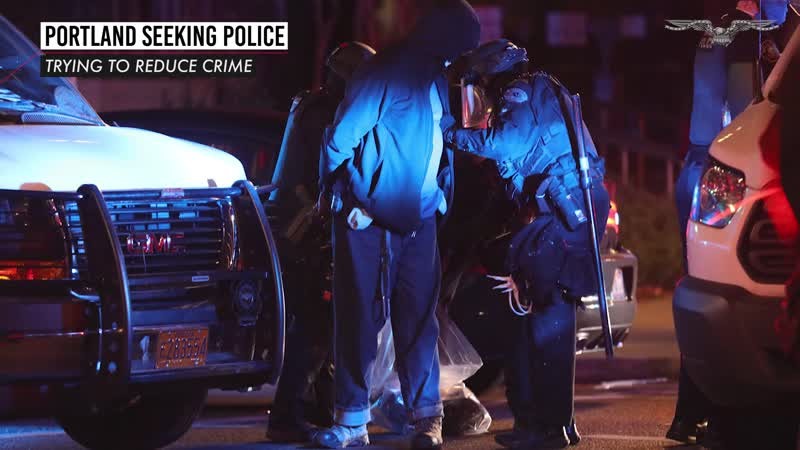
Hogan 're-funds the police' with $150 million initiative
Originally published in the Washington Examiner
Any plan to improve safety and address crime in Maryland must start with the city of Baltimore, an expert with the Maryland Public Policy Institute said.
Gov. Larry Hogan announced a $150 million Re-Fund the Police Initiative last month to support state and local police agencies. The proposal would provide $120 million to increase aid to local police departments, along with funding salary increases and hiring bonuses. An additional $20 million would fund safer neighborhood programs and witness incentives. The final $10 million would fund victim protection.
“Gov. Hogan's plan to 're-fund the police' is the right message at the right time but with the wrong tools,” Sean Kennedy, a visiting fellow at the Maryland Public Policy Institute, told The Center Square. “Baltimore City is the first, last, and only place to start when it comes to addressing crime and safety in Maryland.”
The plan would provide $45 million for local police aid, which is a 50% increase statewide.
Hogan designated $50 million for state police compensation and set aside $10 million for neighborhood safety grants. Crime Stoppers would get a 100% match for all rewards that lead to arrests, while a $14 million allotment would restore cuts by Congress to victim service providers. Similarly, $6 million would be used to restore General Assembly cuts to state victims services programs, including the Sexual Assault Reimbursement Unit and Safe at Home Address Confidentiality Program.
Hogan said the state needs more investment in public safety to recruit and retain quality officers, increase diversity, expand community policing efforts, improve training, and provide better technology and equipment. Instead of defunding police, the governor said he’s re-funding the police.
“Baltimore is the deadliest and most dangerous big city in America (over 500,000 residents) and its homicide rate is at least twice that of Mexico and Central America – even most of their large cities, which were once the world's murder capitals,” Kennedy said.
The city has only 9% of Maryland’s population but accounts for more than 60% of homicides, more than half the robberies and car-jackings and a third of the aggravated assaults, according to data from the Maryland State Police Annual Report.
“Charm City is the crime center of Maryland and without major structural changes there Maryland cannot be safe until its largest city is,” Kennedy said. “The city police force is understaffed by over 300 officers, or 12% of its budgeted force, demoralized by political attacks by elected officials, beset by scandals, and discouraged by the city's prosecutor who fails to prosecute even the most violent offenders or cuts sweetheart deals with them, sending them back on to the streets to cause more mayhem and death.”
The rest of the state is safe relative to Baltimore, he said. A slight increase in homicides for some suburban counties might mean their homicide rate doubled. Their rate per population remains infinitesimal. But not in Baltimore.
“Businesses and residents are fleeing in droves,” Kennedy said. “Even if all $150 million of Hogan's pledge went to Baltimore public safety, these policy problems would unravel any progress that additional cops or resources would make in the short term.”





